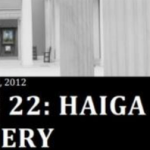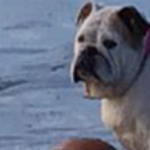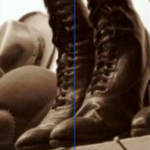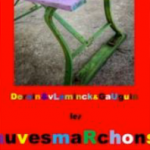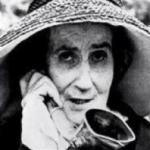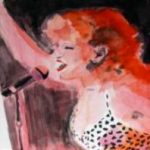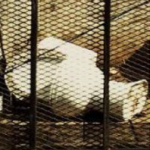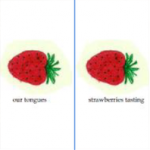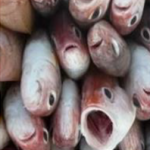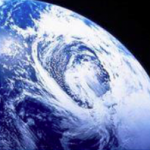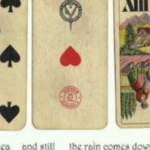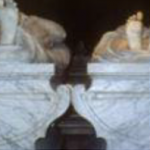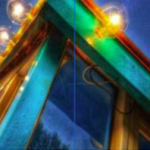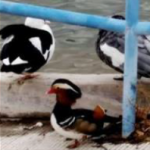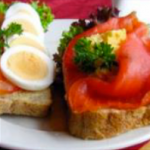PREFACE
Studying the haiku and then its related genres through many years, I notice a reluctance by many to countenance an intermingling of genres. The “purist” insists a haiga must contain a haiku. But I’ve never felt bound by that constraint. By the 18th century senryu had come into existence in Japan. So, if a senryu is what the image suggests to me, I will use a senryu. Same goes for tanka which is a reach into the past of millennia. Without prejudice, my criterion is: whatever works! Nor have I felt a need to limit myself to the way in which early haiga were created: brush sketches– sumi-e, and a haiku with its calligraphy on the image. Fine– centuries ago. For its originators. But I don’t care to simulate a proscribed way of doing them. I want to depict my here&now, and I feel the original concept of intensifying or extending the impact of combining image [painting, sumi-e, photograph, sculpture too] with poem [whichever genre it belongs to] offers me the latitude I want. . . unshackled by the past. Isn’t that how all progress occurs in the arts?
Graphic presentation for the accompanying poem –whether embedded or adjacent to the image– matters only insofar as it adds to the whole experience. I have opted for either choice in certain instances. In my drawing below, I chose to place my haiku outside the art.
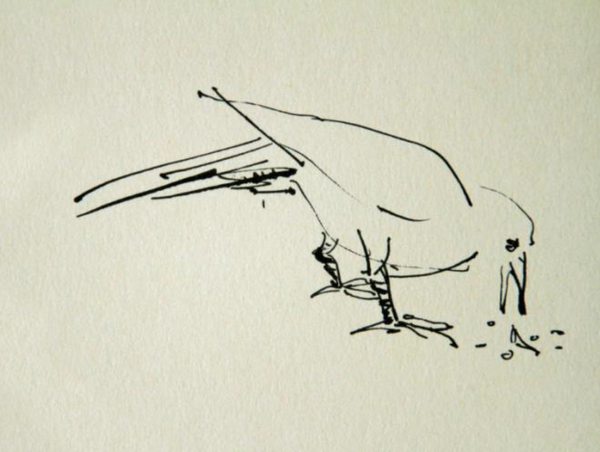
it’s not much
but
it’s a living

